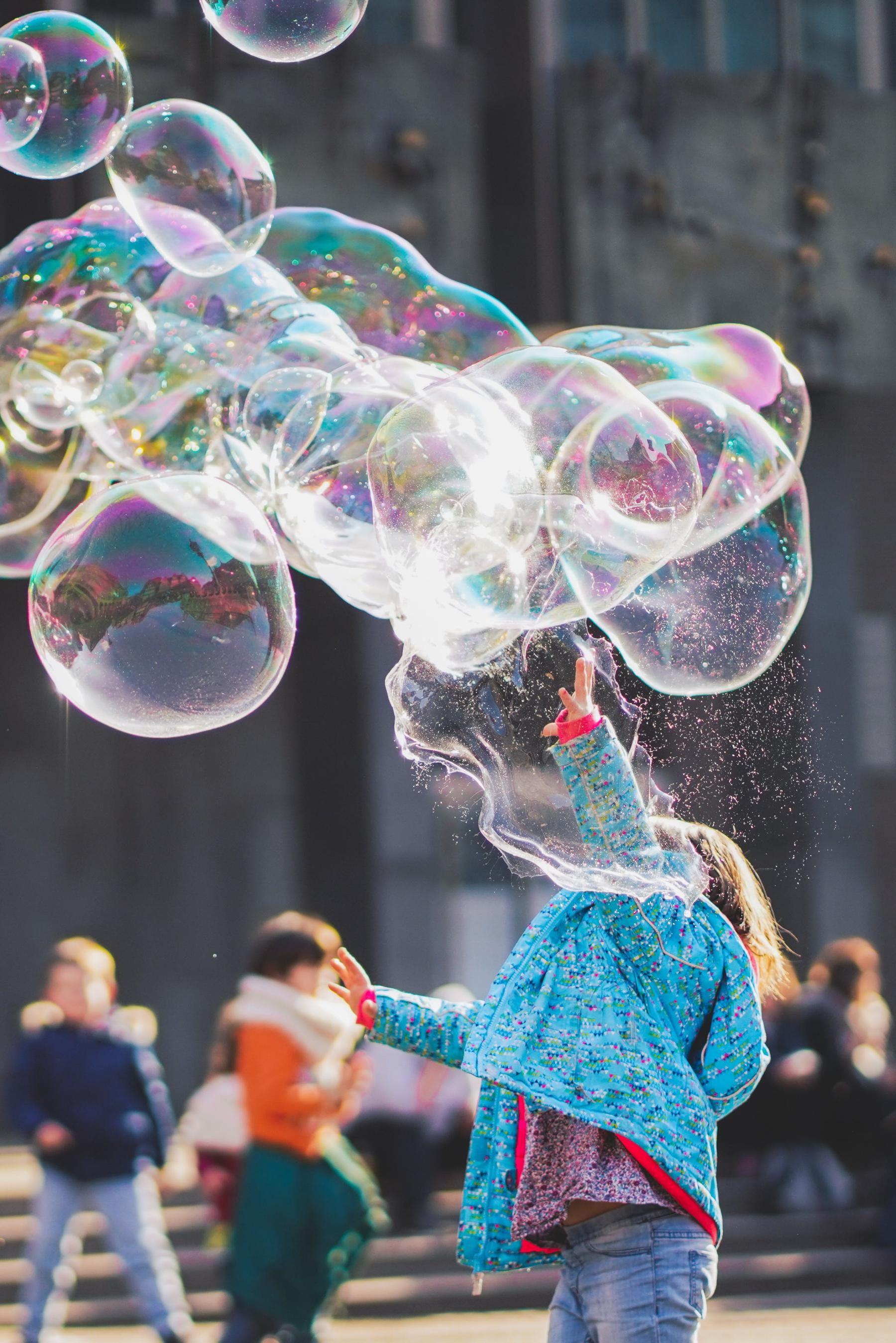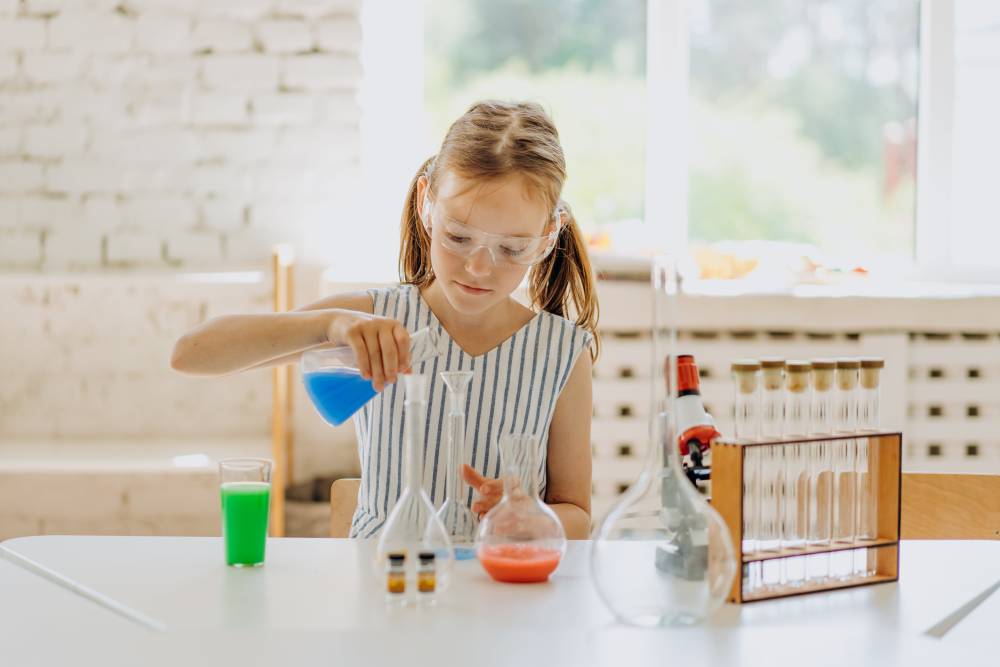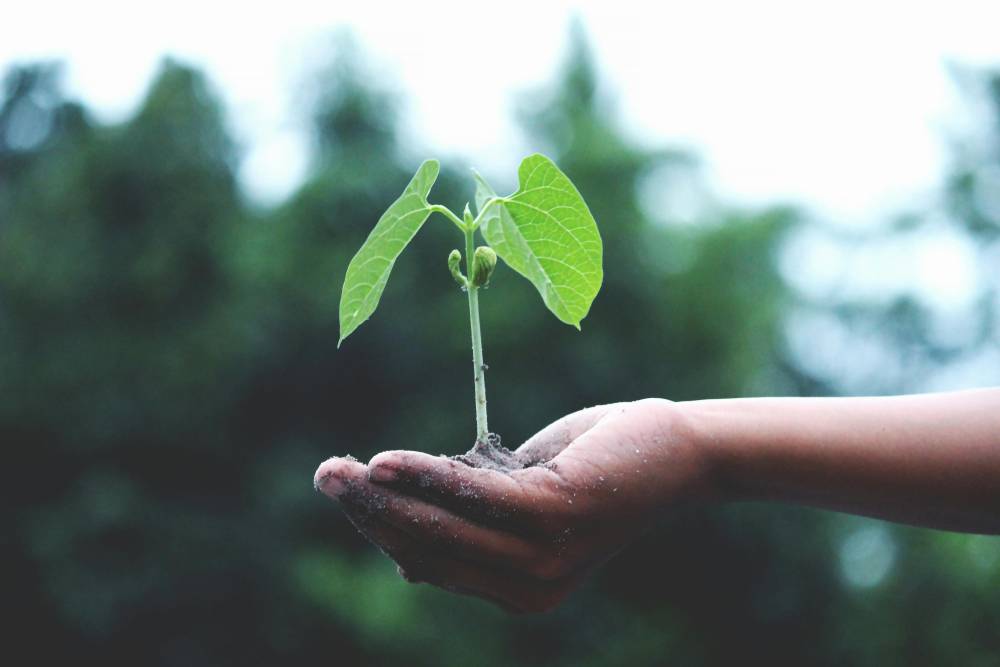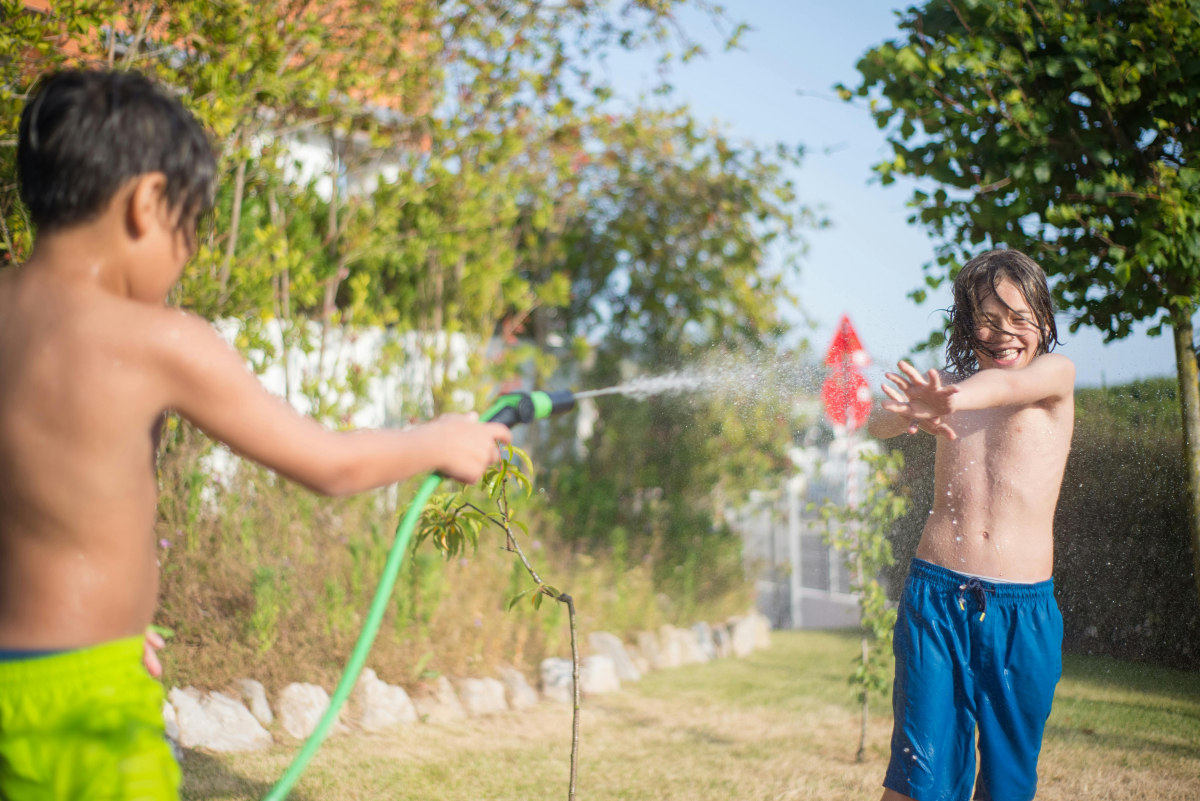In the vibrant world of early childhood, where curiosity knows no bounds, experiments emerge as the secret ingredient for unlocking a treasure trove of learning. This blog delves into the profound importance of experiments in the lives of children aged 3-6, exploring how these hands-on activities contribute to holistic development.
Cultivating Curiosity and Wonder
At ages 3-6, children are natural explorers, and experiments become the magical gateway to nurturing their innate curiosity. Dive into how these activities spark wonder and ignite a lifelong love for discovery.
Developing Essential Cognitive Skills
Experiments act as catalysts for the development of crucial cognitive skills during these formative years. From making predictions to observing cause and effect, children engage in thought processes that lay the foundation for future academic success.
Hands-On Learning for Tangible Understanding
Explore how experiments provide a hands-on approach to learning, allowing children to touch, feel, and experience concepts in a tangible manner. This tactile engagement enhances their understanding of abstract ideas.
Fostering Creativity and Imagination
Witness the blossoming of creativity and imagination as children engage in experiments. From concocting mixtures to building structures, these activities become platforms for self-expression and innovation.
Social and Emotional Development
Examine the social benefits of experiments, where collaborative activities encourage teamwork, communication, and the sharing of ideas. These interactions contribute to the emotional development of children, fostering positive social skills.
Connecting Theory to Practice with kidsday
Explore how kidsday enhances the parent-teacher connection. The app's specific feature allows educators to share real-time activities, photos, and updates, creating a bridge between the classroom and the home environment.
In the world of children aged 3-6, experiments are not just activities; they are powerful tools for holistic development. From sparking curiosity and cognitive skills to fostering creativity and introducing basic STEM concepts, experiments become the building blocks for a lifelong love of learning. As educators and parents, let's embrace the magic of experimentation and provide our little scientists with the keys to unlock the wonders of the world around them.
Here are some winter-themed experiment ideas for children:
Frozen Bubbles: Exploring Temperatures
Materials:
- Bubble solution
- Bubble wands
- Thermometer
Instructions:
- Go outside on a cold winter day.
- Blow bubbles using the bubble solution and wands.
- Observe how the bubbles freeze in the cold air.
- Measure the outdoor temperature with a thermometer and discuss how different temperatures affect the freezing process.

Melting Ice Sculptures: Salt and Temperature
Materials:
- Ice cubes or blocks
- Salt
- Liquid watercolors or food coloring
- Droppers or brushes
- Small containers
Instructions:
- Create ice sculptures by freezing water in various shapes.
- Set up a space for experimentation, providing salt, liquid watercolors, and brushes or droppers.
- Have children explore how adding salt to the ice affects its melting rate and experiment with adding colors to the ice as it melts.
- Discuss the science behind salt melting ice and how it relates to winter road treatments.








